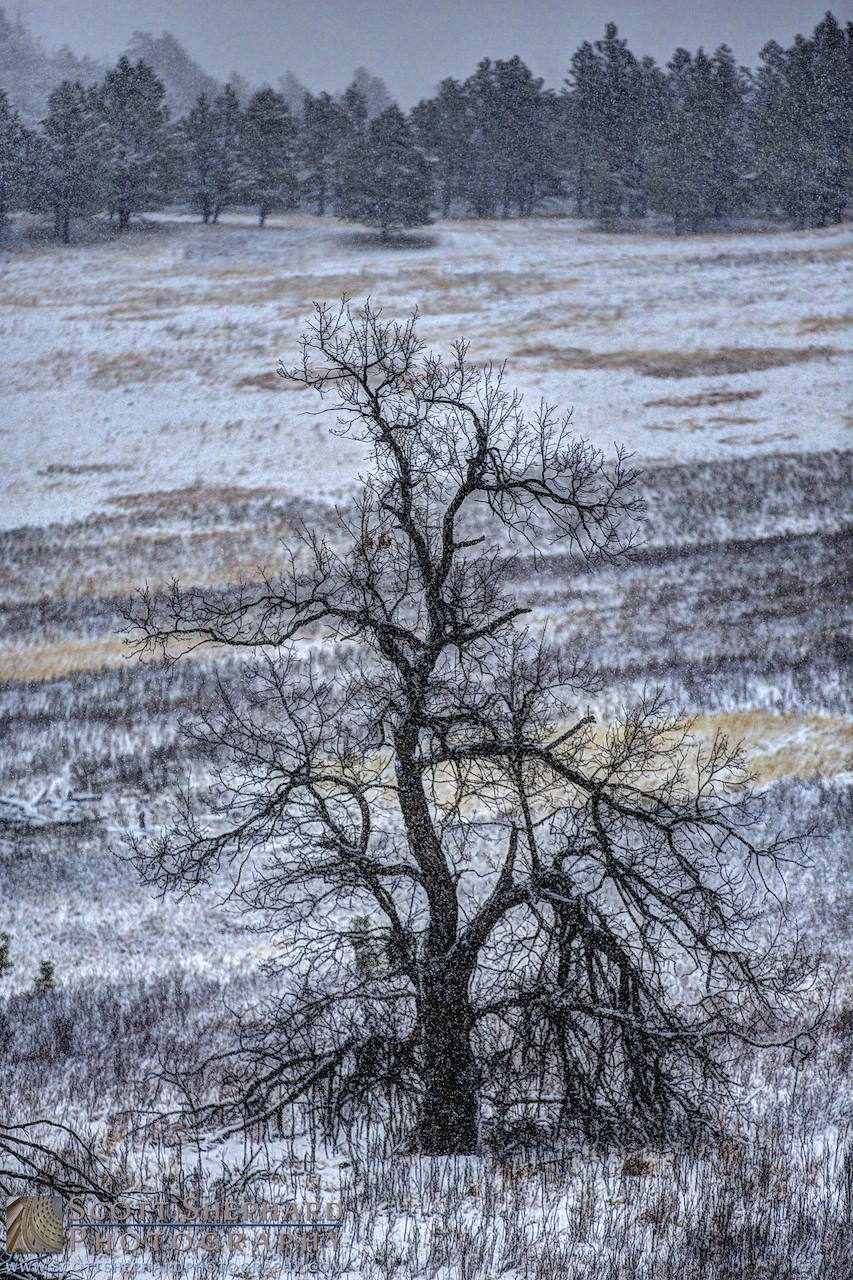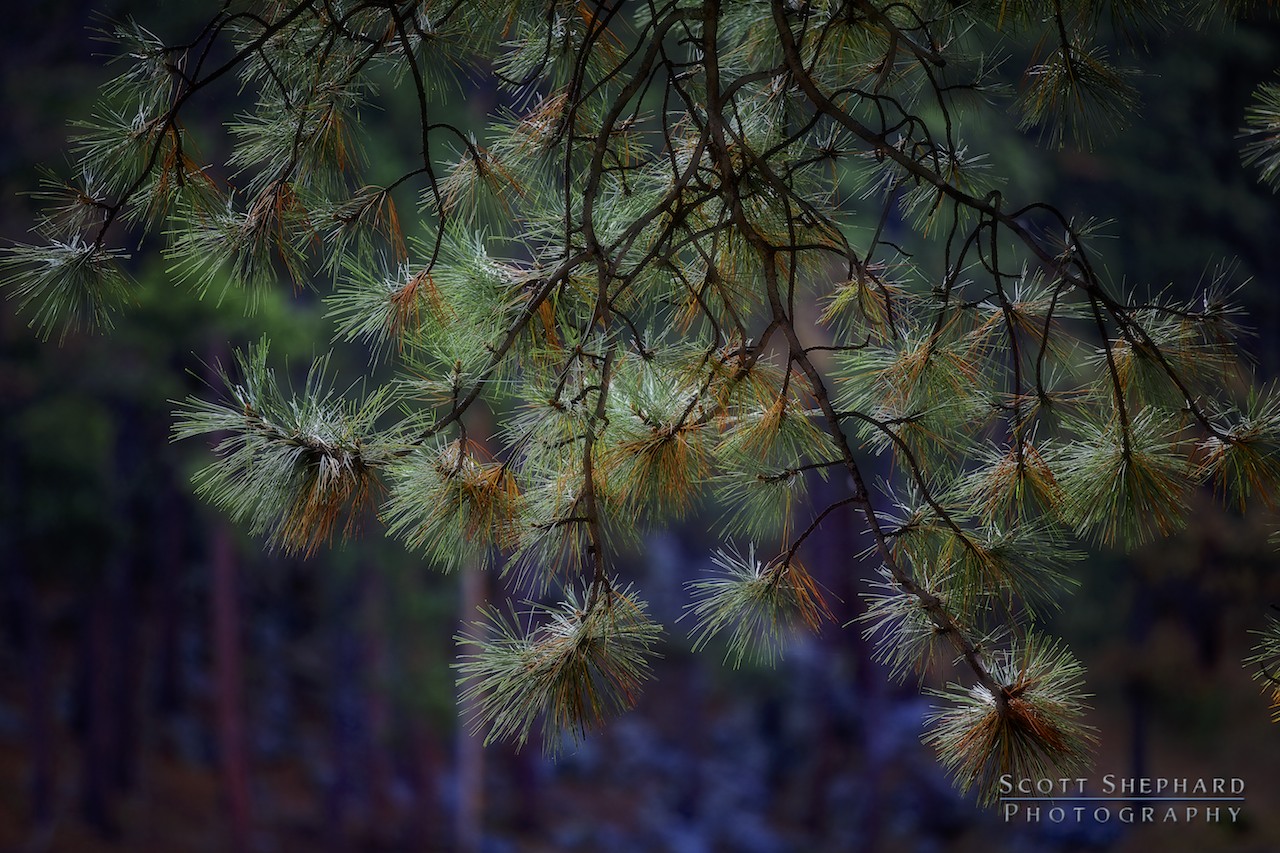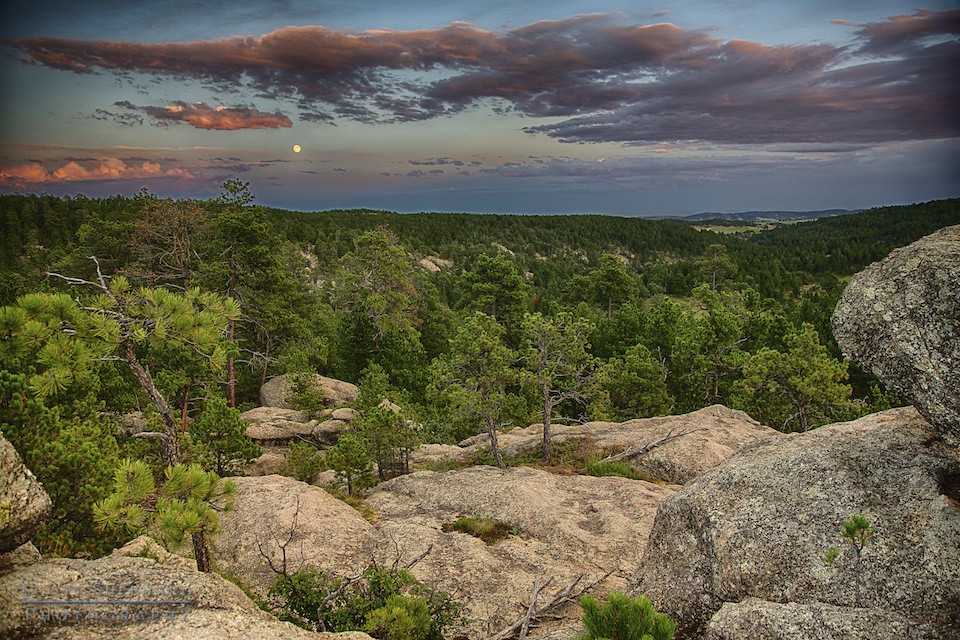
By Scott Shephard
If you live in Watertown, SD, and haven’t had a chance to see the student photo gallery at Lake Area Technical Institute, you should try to do so. There are some great photos there but one of my favorites is a photo of Lakota Lake in the Black HIlls taken by Andy Olson last summer during the Black Hills Photo Adventure I hosted.
I’ve taken many photos of this lake but I’ve never captured it the way Andy did. But I did manage to get a decent photo of Andy taking the photo. That’s got to count for something doesn’t it?
Canon 5DIII 1/350s f/2.8 ISO400 145mm










